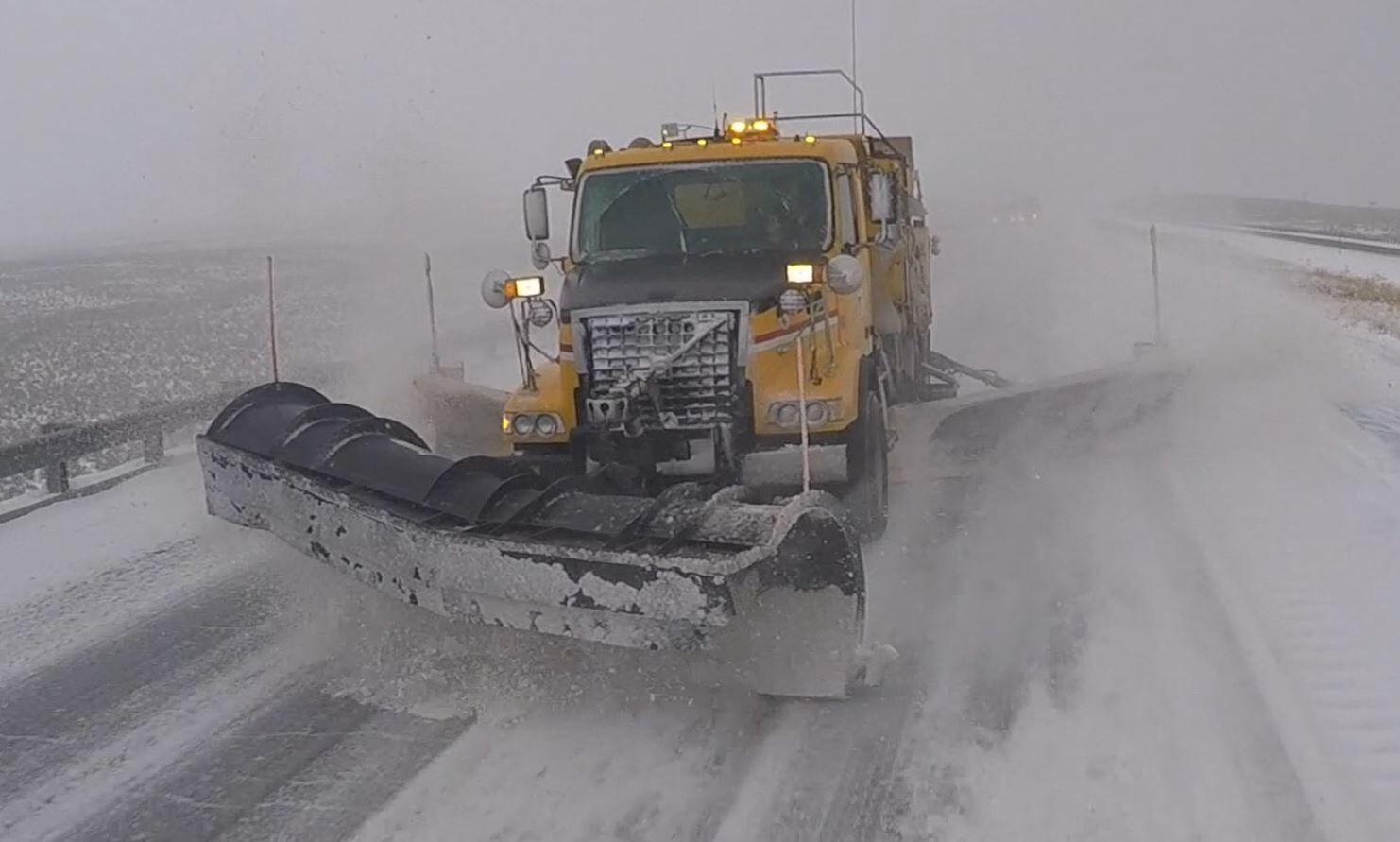Expert column: Back-to-school in a COVID-19 world
Published 7:00 am Friday, September 18, 2020

- Burford_Alex[1].jpg
The COVID-19 pandemic has thrown us all for a loop, challenging families to adapt to a new normal in terms of school, work and child care. Now we face the unease of returning to distanced learning and uncertainty of how the school year will progress. As we search for ways to stay safe, stay sane, and make sure our kids keep learning, here are some tips and tricks to help us all make the best of the new academic year.
Trending
Keep up with well child visits and vaccines. While COVID is a new threat to our health, the old threats have not changed. Vaccines (including the Flu vaccine, which will be available in the next few weeks) are as important as they have ever been. Regular check-ups allow your pediatrician to follow your child’s growth and development, and make sure you have all the tools you need to keep them healthy and great.
Wear a mask. There really is no debate: When worn correctly, masks and face coverings help protect us from passing on the coronavirus. They may be safely worn by all children 2 years of age and older, including the vast majority of children with underlying health conditions. Masks should be worn at childcare facilities and schools, when we are around others and unable to socially distance, and when we are around medically fragile or at-risk adults and children. Once mask-wearing becomes part of your routine, most children get on board. Just as children understand that they must wear bicycle helmets and buckle into their car seats, they will follow your lead and learn to wear masks routinely when necessary. The best way to protect children who are too young to wear masks is to practice physical distancing, and encourage those around an infant to wear cloth face coverings.
Returning to sports: For many kids and teens, sports are an important part of life. The decision to return to sports can be tough, and each family should weigh the risks and benefits for themselves. There simply is not an easy, clear-cut answer. Here are some things to consider:
Trending
Re-engaging in sports activity with friends has both physical and psychological health benefits for children, but does pose an infectious risk. Because prolonged, close contact with a person infected with COVID-19 is the main driver of transmission, the sport (number of players, spacing, and frequency and duration of contact) and setting (indoor versus outdoor, size and ventilation of facility) will influence risk of infection.
Although not the main form of transmission, it is possible for COVID-19 to be spread from contact with contaminated surfaces; therefore, sports with shared equipment, facilities, or common surfaces may pose additional risk.
The sport and setting, local disease activity, and individual circumstances, including underlying health conditions that place the athlete or household contacts at risk should all impact the decision to return to sports. If families do choose to participate in sports, face coverings should be worn at all times when not vigorously exercising.
All individuals with exposures to COVID-19, regardless of symptoms, require a minimum two week resting period without exercise or competition and those with symptoms should have at least a two to four week restriction from exercise and competition. Because of the limited information on COVID-19 and exercise, the American Academy of Pediatrics strongly encourages that all patients who have had COVID-19 be cleared for participation by their primary care physician.
Protect you and your child’s mental health. This pandemic has been stressful on us all, and kids are not immune, with increases in stress, anxiety and depression. While our focus is often on the impacts of COVID-19 infection on our physical health, it is equally important that we protect our mental health. While kids and teens often thrive with a predictable routine, they are also tremendously resilient. Carve out time every day to talk as a family, ideally at a scheduled time such as a meal. Talk about what went well, what didn’t, hopes and fears. Consider also taking a moment to practice mindfulness as a family. Learning to pay attention to the moment instead of the past or future can help kids and adults alike to see things more clearly, to act less impulsively, and to become stronger in the face of chaotic times. It is by no means a fast solution, but daily debriefing and time for mindfulness can help your families build resilience.
Remember: You are doing your best, and that is great! Currently, the state of the world demands parents to be unreasonably perfect at all times, becoming classroom teachers, acting as personal chefs/ on-demand entertainers and having difficult discussions on hard topics. Even on our best days as parents, it is really hard. Who among us is having their best days right now? Parents have continued to do so much during this pandemic, and while it may not be perfect, it is beyond impressive. To all the parents, teachers, doers -of-everything, stay strong. We will get through this and we will all continue doing what we can to help our children thrive. Pediatricians and other child health professionals are experts in kids and teens, and are ready to help support families to make sure that everyone stays healthy and has the opportunity to grow.
Written with the assistance of Dr. Ben Hoffman MD, OHSU Doernbecher Children’s Hospital
Sources used:
Mask: https://www.healthychildren.org/English/health-issues/conditions/COVID-19/Pages/Cloth-Face-Coverings-for-Children-During-COVID-19.aspx
Return to sports: https://services.aap.org/en/pages/2019-novel-coronavirus-covid-19-infections/clinical-guidance/covid-19-interim-guidance-return-to-sports/
Mindfulness: https://www.aappublications.org/news/2017/09/15/NCEMindfulness091917









